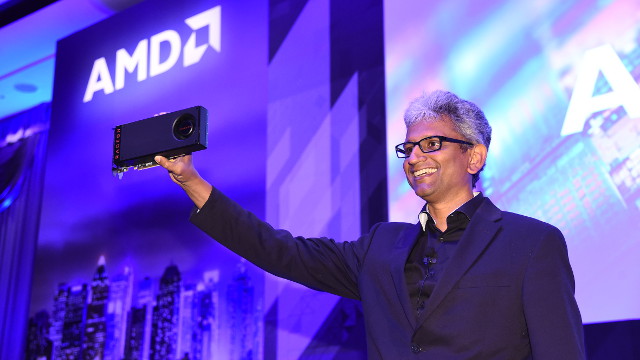This is a big week for AMD. After over a year of hearsay and anticipation, it has finally debuted its Polaris graphics architecture with the release of the RX 480. It's a launch that has increased emphasis for the company due to its current positioning in the market, and the enormous competition that it faces from Nvidia's 10-series.
The good news it that initial reviews have been relatively positive for the RX 480. Although its benchmark performance sits somewhere around where the AMD RX 390 and Nvidia GTX 970 have laid stake for the past year, it does so with great efficiency. At a 150 TDP, it's one of the most efficient graphics cards that the world has ever seen. More importantly, it does so at a $199 price point.
It's no wonder why AMD has hyped up this graphics card launch. At a time when console gamers are considering a migration to PC more seriously than ever, and low to mid-budget hardware is in high demand, the RX 480 offers top-tier price-to-performance. For all intents and purposes, AMD should sell hundreds of thousands of these cards with no problem whatsoever.
That is, as long as it's able to quickly sort out its single major hurdle: the RX 480's PCI express power draw.
As part of the testing that goes on for any graphics card launch and its subsequent reviews, it was found by Tom's Hardware that the RX 480 draws a surprising volume of power through its PCI Express interface. In fact, it draws more power from the mother board than is permitted by the PCI Express standard at around "79 watts average from the 12 volt lines alone". This average sits above the 75 watt permitted by PCI Express, a standard created 12 years ago.

The truth is that this has never happened before with a major graphics card launch from AMD or Nvidia, making it difficult to foresee what will happen from here. Any insight into what could happen has been mere speculation. However, a thoughtfully written post by an attorney on Hard Forum shared the following information:
- AMD has three months to revise its product to meet the standard or it will no longer be able to lawfully say that the product is PCI Express compliant.
- If AMD chooses to meet the above requirement, the most plausible outcomes are that it will alter its 8-pin socket to pull more power, or limit the card's performance to reduce power draw.
- If AMD doesn't meet the above requirement, then its product will be labeled a counterfeit good and will be banned from U.S. import by the ITC.
AMD is already aware of the situation, and AMD's Raja Koduri stated the following:
This makes us wonder: how did this issue get past design and development? The RX 480 has been in the works for many months, and AMD has been in this industry for a long time. It must have known that it had limitations on power draw. It must have had at least one engineer who looked at its vitals and noticed something wasn't right. But no, apparently this issue was overlooked by its team and now there are hundreds of thousands of non PCI Express compliant RX 480's in the hands of retailers.
It is suggested that you avoid the RX 480 for the time being. It's simply not worth the risk to purchase an early model without knowing what will eventually happen. Given a few months this should all be sorted out, and at that point you can get a better idea of where the RX 480 sits in relation to its competitors.







